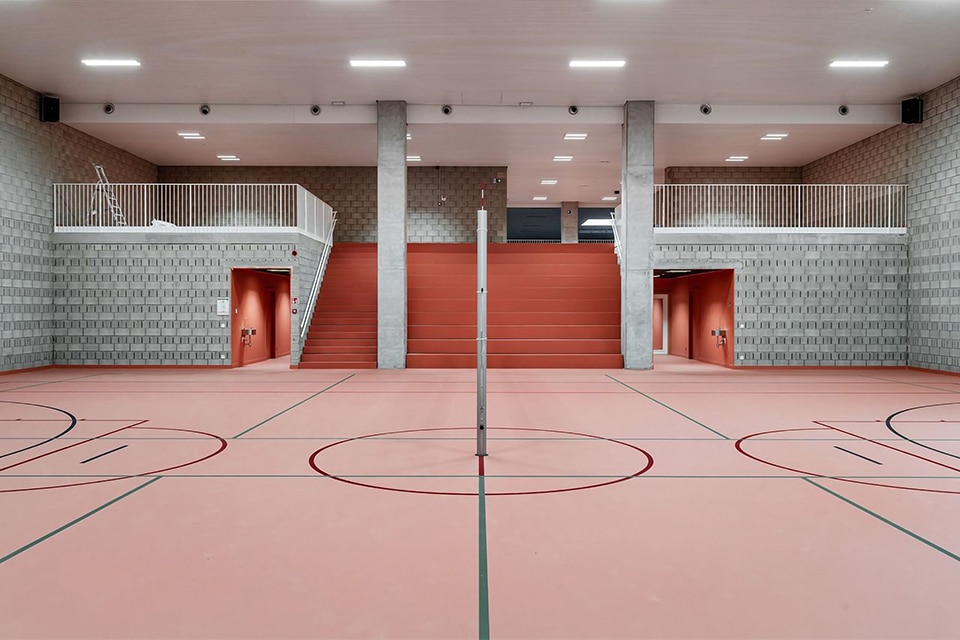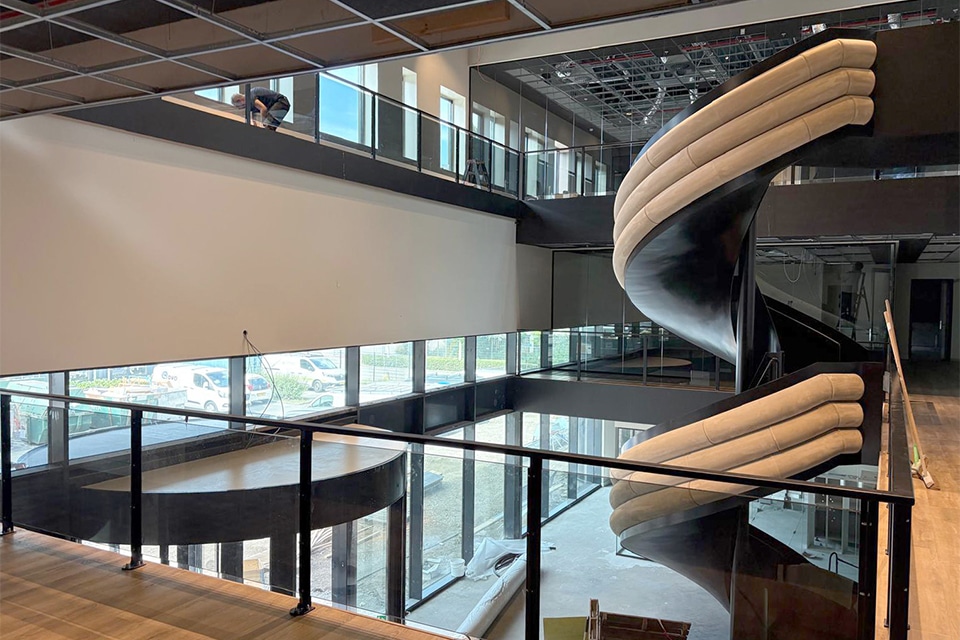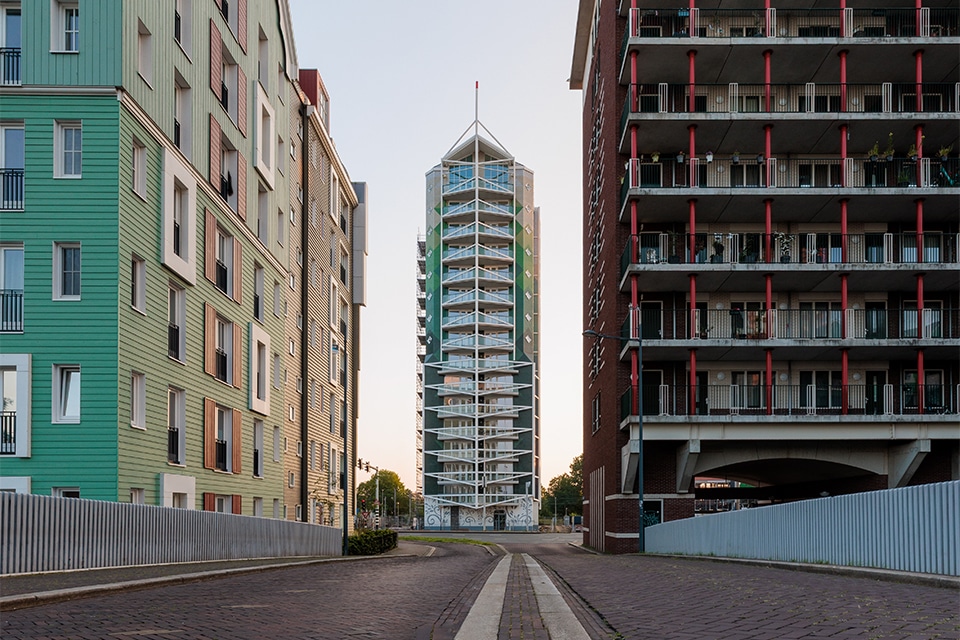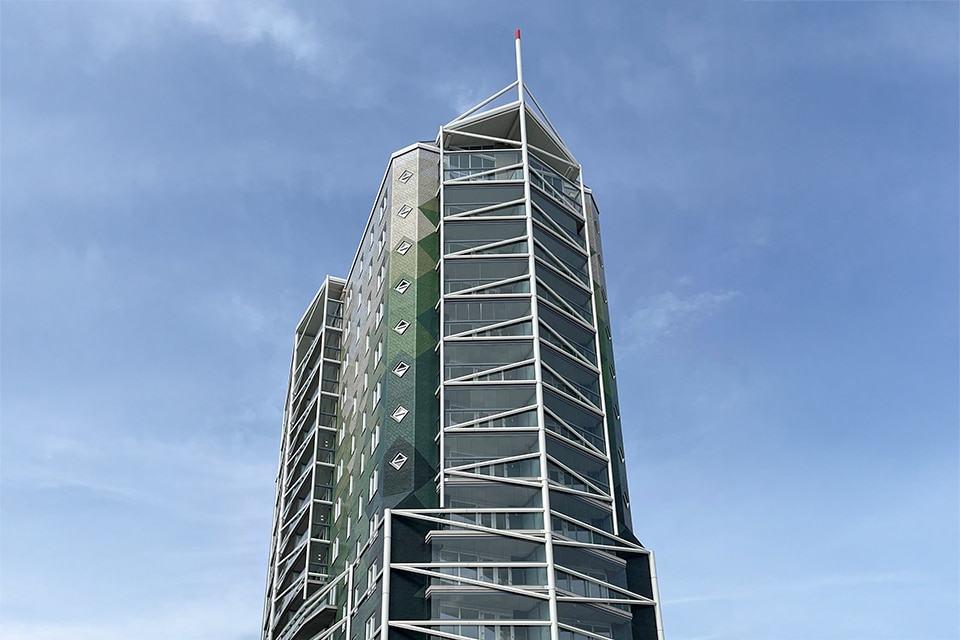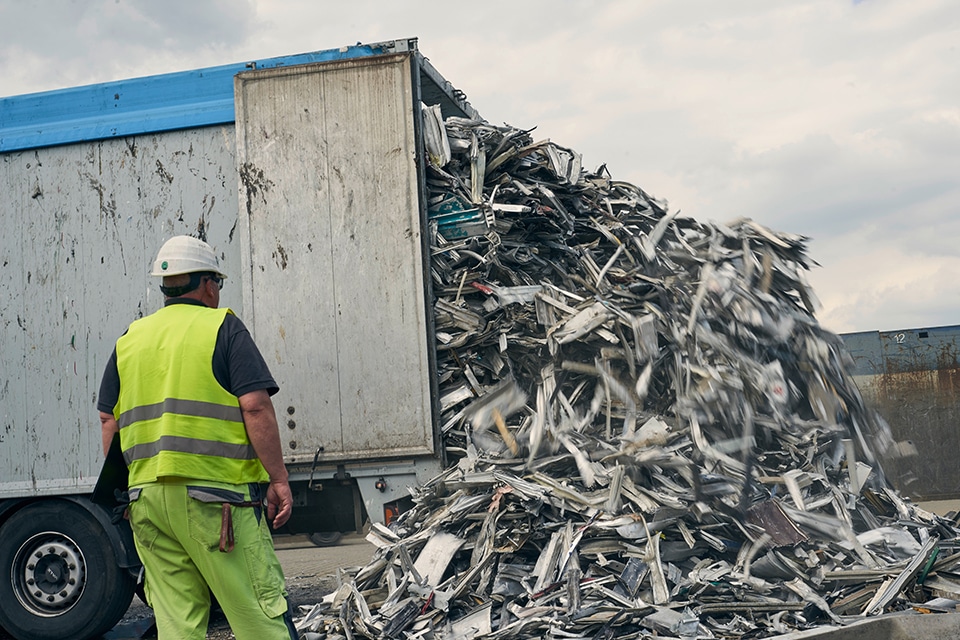
Building truly circular with aluminum scrap
The "Close the Loop by Hydro" project actively engages SAPA customers in recycling old aluminum and fabrication scrap. The first step is to buy up aluminum scrap on projects. Meanwhile, the first projects in the Benelux are a reality. The scrap that is released here goes directly to Hydro's recycling plant in Dormagen. Here the aluminum is purified, after which it is melted down in a Hydro smelter and processed into Hydro CIRCAL billets. For example, for the production of new and high-quality SAPA profile systems. A second step is the processing of post-consumed scrap and later also the production scrap from SAPA customers.
"By recycling all these aluminum waste streams high-quality and within Europe, damage at the extraction site, depletion of non-renewable raw materials, consumption of non-renewable energy as well as greenhouse gas emissions are significantly reduced," says Danny Decaluwaert, Project Manager and Circularity Specialist at Hydro Building Systems Benelux. "This makes our aluminum products much more environmentally friendly than primary aluminum."
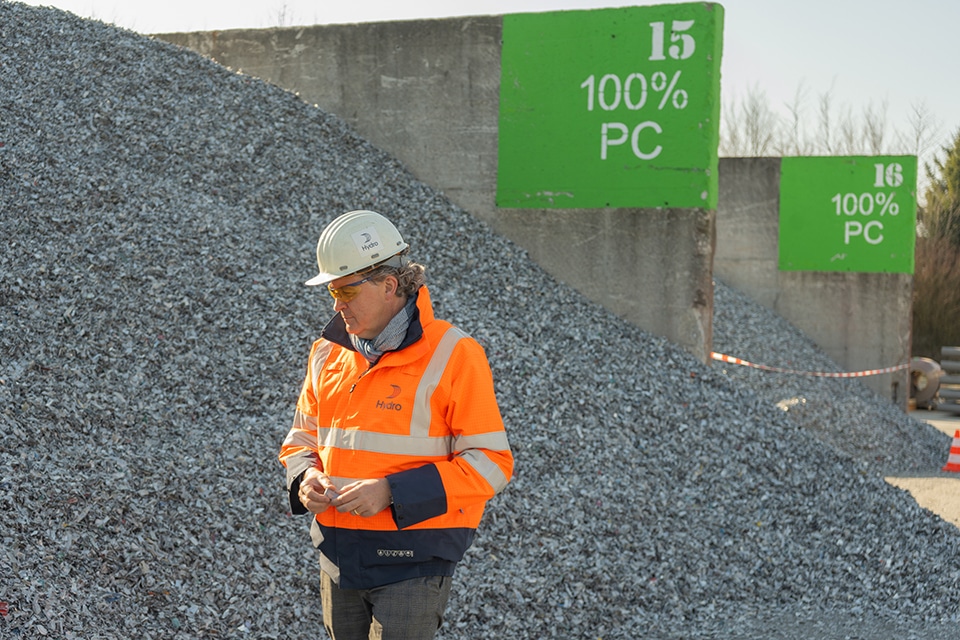
Sustainability is key
"Sustainability is key within our organization," Decaluwaert emphasizes. "We take our responsibility in the entire aluminum production value chain and want to contribute to a just society and a circular economy, through responsible production, circular products and complete decarbonization of our processes by 2050 or earlier. To achieve this, we want to grow even further in renewable energy production, the use of low carbon aluminum with external certification and the recycling of post-consumer and pre-consumer scrap."
Significant CO2 savings
The production of primary aluminum can produce significant CO2 emissions when the energy production is done with fossil fuels, Decaluwaert knows. "Hydro, on the other hand, produces primary aluminum in Norway and with renewable energy, achieving an extremely low carbon footprint. Moreover, by smelting post-consumer aluminum, up to 95% of energy can be saved, while thanks to high-quality recycling, a raw material of exactly the same quality can be obtained." The average carbon footprint of aluminum consumed in Europe is 8.6 kg of CO2 per kg of aluminum, he knows. "Hydro takes this a step further. For our profile systems, we work as standard with Hydro CIRCAL 75R, which contains 82.1% of post-consumer scrap and has a CO2 footprint of only 1.9 kg CO2 per kg aluminum. On request, Hydro CIRCAL 100R is additionally available for projects, with a CO2 footprint of less than 0.5 kg CO2."
Close-the-loop
High-quality recycling of post-consumer aluminum has long been Hydro's core business. "What is new is that we will now also buy up post-consumer and pre-consumer scrap from our customers in-house," Decaluwaert said. "This again makes us a pioneer in the market and allows us to involve our relations even more actively in our circular ambition. Moreover, we can let them experience how valuable aluminum scrap actually is." Buying post-consumer scrap in-house ensures a constant supply of valuable aluminum scrap, he says. "Buying post-consumer scrap in-house also gives the opportunity to keep large volumes of aluminum in the EU and give it an equivalent second life. To get and keep recycling going, we pay customers a fair price, based on the daily price of aluminum on the London Metal Exchange (LME). Moreover, at the project level, take-back guarantees are increasingly becoming part of the agreement. Our supply chain is clear, transparent and comprehensible to everyone and can be traced back perfectly to the source. This is how we complete the sustainability circle."
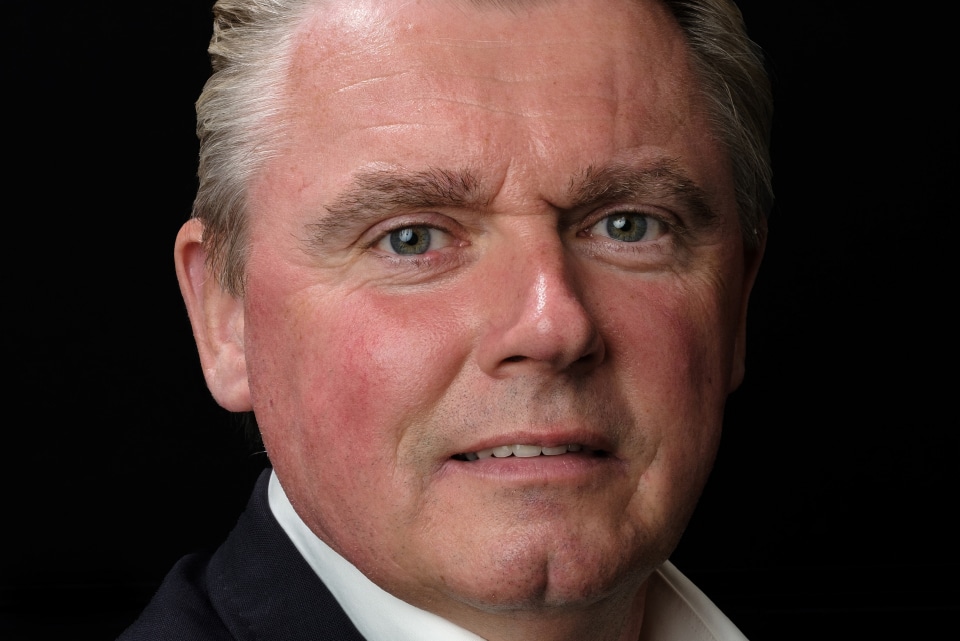
Easy identification
In circular material and component use, proper identification is critical, Decaluwaert emphasizes. "Exterior joinery must meet numerous requirements. For example, in terms of thermal, acoustic, air and water tightness. If one day one wants to reuse entire components (windows, doors and facades), one must be able to identify them. And identification is also important for correct and timely maintenance, which also applies to recycling at the end of the component life cycle. This is why, with the new estimating software SAPA Techdesign, we offer the option of providing each individual joinery component with a QR code for identification."
EPD at the product or project level
In addition, the EPD of products is also becoming increasingly important. "Unlike 'simple' products, one EPD of a window system is never correct unless it is dynamically created based on the calculation," Decaluwaert said. "That is exactly what is now possible with the new SAPA Techdesign estimating program. Indeed, one can, from the certified software, generate an EPD for an individual element or a project. That EPD is then exactly correct, according to the composition of that system."
